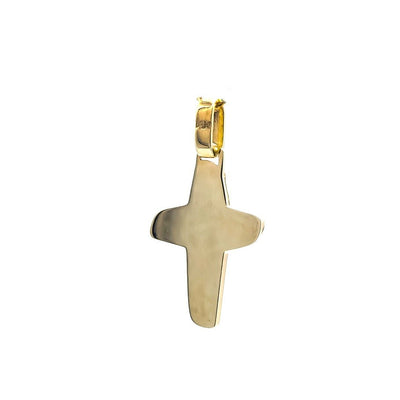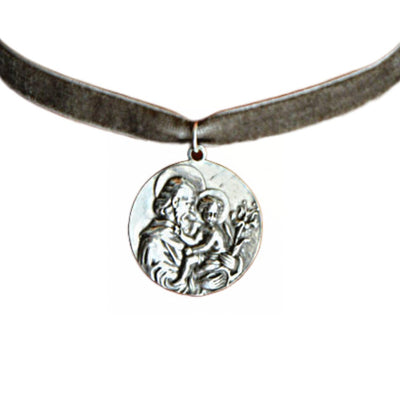What is Dia de la Candelaria: A Rich Cultural Celebration
Dia de la Candelaria, also known as Candlemas, is a vibrant and culturally significant celebration observed in various parts of the world, but most notably in Mexico and other Latin American countries. This unique holiday blends ancient indigenous traditions with Catholicism, creating a rich tapestry of rituals and festivities.
Origin and History of Dia de la Candelaria
The Ancient Traditions
Dia de la Candelaria traces its roots back to indigenous Mesoamerican cultures. It was initially associated with the Aztec goddess of water and fertility, Chalchiuhtlicue. The festival marked the transition from winter to spring and was celebrated with dance, music, and offerings.
Influence of Catholicism
The holiday was merged with Catholic traditions with the arrival of Spanish conquistadors in the 16th century. It now coincides with the Christian feast of the Presentation of Jesus at the Temple, commemorating the purification of the Virgin Mary 40 days after giving birth.
Significance of Dia de la Candelaria
Religious Observance
For devout Catholics, Dia de la Candelaria holds deep religious significance. It is a time for blessings and purification, and many attend Mass to have their candles blessed. These candles are believed to bring protection and light into the home.
Cultural Celebrations
Beyond its religious roots, Dia de la Candelaria is also a celebration of cultural identity and community. It showcases the resilience of indigenous customs in the face of colonization.

When and How is Dia de la Candelaria Celebrated?
Date and Timing
Dia de la Candelaria falls on February 2nd, 40 days after Christmas. It marks the midpoint between the winter solstice and the spring equinox.
Traditional Foods
A central aspect of the celebration is the preparation and sharing of tamales, a traditional Mesoamerican dish made of masa (corn dough) filled with various ingredients. Tamales are often enjoyed with atole, a hot beverage made from masa and flavored with spices.

Candlemas Processions
In many regions, elaborate processions are held, with participants carrying candles, statues of saints, and images of the Virgin Mary. These processions are often accompanied by music and dancing.

Dia de la Candelaria Around the World
Mexico
In Mexico, Dia de la Candelaria is celebrated with great enthusiasm. Families come together to share tamales; in some regions, there are parades, dances, and colorful displays of traditional clothing.
Other Latin American Countries
Countries throughout Latin America, such as Peru, Ecuador, and Bolivia, also observe similar traditions, although with their unique regional variations.
Spain
In Spain, the holiday is known as "La Candelaria." It is a day when people bring their candles to be blessed at churches, and it is also associated with predictions for the weather.
Modern Celebrations and Customs
Family Gatherings
Modern celebrations of Dia de la Candelaria often revolve around family gatherings. It is a time for loved ones to come together, enjoy traditional foods, and reconnect with their cultural heritage.
Dressing Up in Traditional Attire
Many people take this opportunity to dress in traditional clothing, adding to the day's festive atmosphere.
Blessing of Candles and Tamales
The blessing of candles and tamales is a cherished tradition. Families believe that the blessed candles will protect their homes, and the tamales symbolize blending indigenous and Catholic elements.

The Symbolism of Candles
Religious Symbolism
Candles symbolize light and faith, representing the purification of the Virgin Mary's presentation at the Temple.

Cultural Significance
Candles also hold cultural significance, symbolizing hope, unity, and the enduring connection to ancestral traditions.
Regional Variations and Unique Traditions
Mexico City
In Mexico City, a massive Tamales Fair takes place, where vendors offer a wide variety of tamales, showcasing the diversity of Mexican cuisine.
Oaxaca
In Oaxaca, the celebration includes a unique "Rompimiento de Cascarones," where confetti-filled eggshells are broken over people's heads, spreading joy and laughter.
Impact of Tourism
Economic Boost
Tourism has provided an economic boost to areas celebrating Dia de la Candelaria, helping to preserve traditions and support local businesses.
Preservation of Traditions
However, it's essential to strike a balance between tourism and preserving the authenticity of the celebrations.
The Future of Dia de la Candelaria
Challenges and Adaptations
As the world evolves, Dia de la Candelaria faces challenges maintaining its cultural and religious significance. Adaptations may be necessary to keep the traditions alive for future generations.
Conclusion
Dia de la Candelaria is a celebration that beautifully weaves indigenous traditions and Catholicism together. It serves as a reminder of the rich cultural diversity and resilience of the communities that observe it. Whether you partake in the religious aspects.
For more information please visit: TripSavvy or Mexico Desconocido.




















Leave a comment